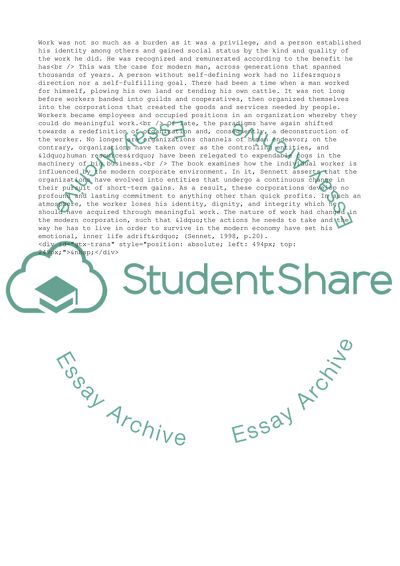Cite this document
(Reality of Work Cultures in the Modern Economy Literature review, n.d.)
Reality of Work Cultures in the Modern Economy Literature review. Retrieved from https://studentshare.org/management/1770566-reality-of-work-cultures-in-the-modern-economy
Reality of Work Cultures in the Modern Economy Literature review. Retrieved from https://studentshare.org/management/1770566-reality-of-work-cultures-in-the-modern-economy
(Reality of Work Cultures in the Modern Economy Literature Review)
Reality of Work Cultures in the Modern Economy Literature Review. https://studentshare.org/management/1770566-reality-of-work-cultures-in-the-modern-economy.
Reality of Work Cultures in the Modern Economy Literature Review. https://studentshare.org/management/1770566-reality-of-work-cultures-in-the-modern-economy.
“Reality of Work Cultures in the Modern Economy Literature Review”. https://studentshare.org/management/1770566-reality-of-work-cultures-in-the-modern-economy.


